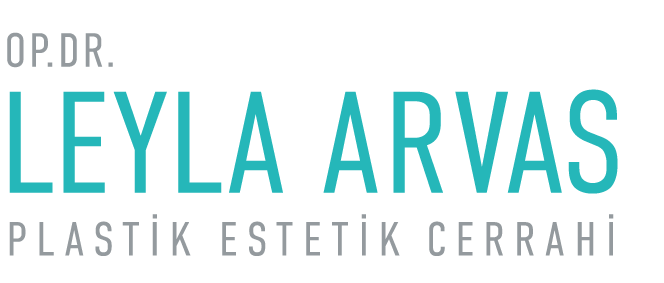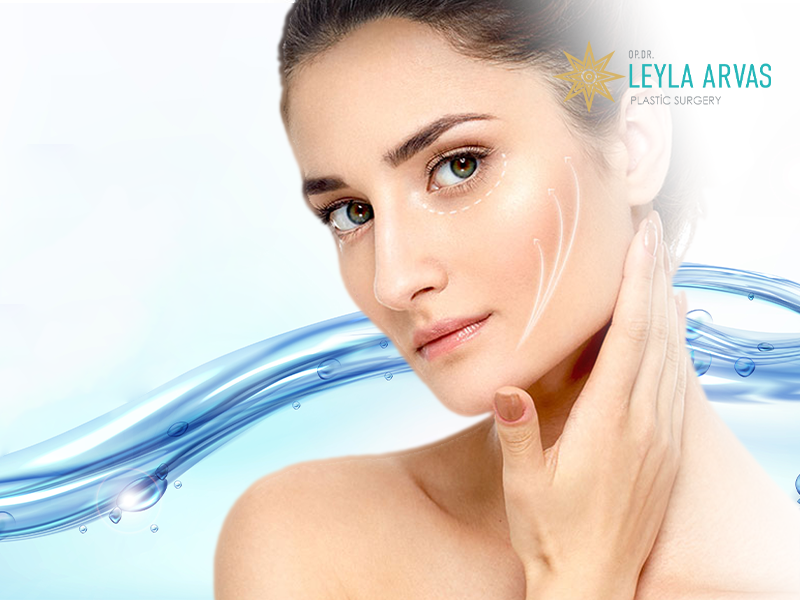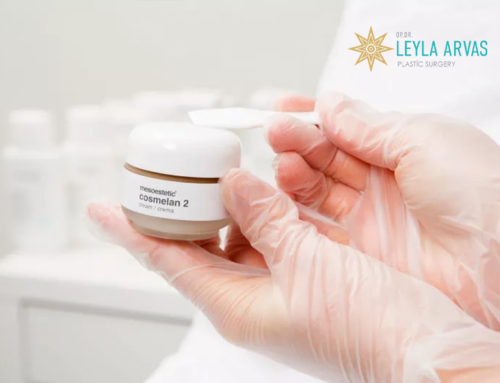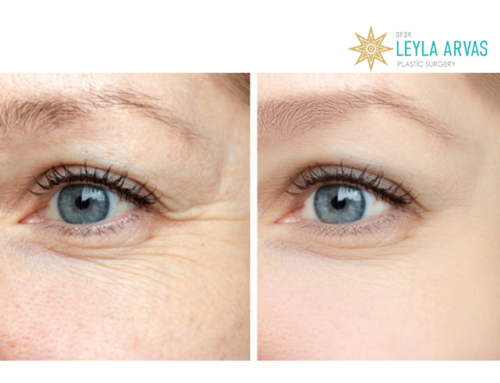[ez-toc]
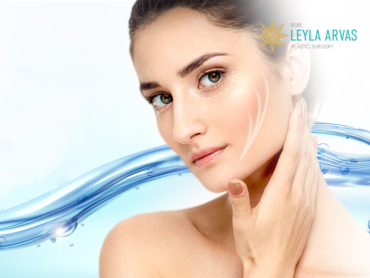
Moisture fillers are a rejuvenating procedure that replenishes the skin with various substances such as hyaluronic acid, vitamins, and amino acids through the use of fillers. It eliminates deformations in the skin such as wrinkles, dryness, and sagging, restoring a vibrant, hydrated, and smooth complexion. With its practical application and wide range of uses, moisture fillers are a functional aesthetic procedure.
What is a Moisture Filler?
The skin loses its firmness and elasticity due to factors such as aging, genetic characteristics, hormonal disorders, smoking, stress, and sleep irregularities. Additionally, the decrease of collagen, hyaluronic acid, fibroblasts, and other substances in the skin leads to negative effects like wrinkles, sagging, and dryness. Also known as Moisture Vaccine, a moisture filler compensates for these losses and triggers collagen production, resulting in a moist, vibrant, and smooth effect on the skin.
What Does a Moisture Filler Contain?
A moisture filler consists of hyaluronic acid, mannitol, amino acids, vitamins B1 and B6, ceramide, fatty acids, and various beneficial substances for the skin. Hyaluronic acid is an essential component of all fillers, including moisture fillers. Hyaluronic acid is a water-based substance naturally found in the human body. It enhances collagen production, restoring youthfulness and firmness to the skin. The differentiating factor of moisture fillers from other types of fillers is mannitol. Mannitol prolongs the presence of hyaluronic acid in the skin and contributes to reducing edema with its water-retaining properties. The most commonly preferred moisture filler is Redensity 1, which not only provides moisture to the skin but also imparts radiance and brightness.
Where Can Moisture Fillers Be Applied?
Moisture fillers can be applied to any area of the body that requires moisture, radiance, and vitality. Due to its ease of application, it is frequently chosen by individuals. The most common areas for moisture filler application are the hands, face, and décolletage. Applying a moisture filler to the hands eliminates wrinkles, dryness, and cracking. The hands regain a youthful and smooth appearance. Moisture fillers can be applied to any desired area on the face, particularly effective in areas such as the lips, cheekbones, and eye area. Moisture fillers provide rejuvenation, vitality, and firmness to the face. By eliminating wrinkles, sagging, and signs of aging in the neck and décolletage area, moisture fillers create a smooth, tight, and radiant appearance.
Who Can Receive Moisture Fillers?
The following conditions must be met for moisture filler application:
- Being at least 18 years old
- Experiencing deformations such as wrinkles, sagging, dryness, or looseness in the skin
- Not being pregnant or in the breastfeeding period
- Not having allergic sensitivities or chronic illnesses
- Not having any infections such as cold sores or wounds in the application area
As a preventive measure, moisture fillers can be applied to anyone, even if there are no deformations in the skin.
How is Moisture Filler Applied?
Prior to the application of a moisture filler, the individual is examined to determine the needs of the skin and whether they are suitable for the filler. After applying an anesthetic cream to the application area for numbing, the moisture filler is gradually injected into the necessary points of the skin using a fine-tipped syringe. After the injection process, the filler is manually spread beneath the skin to shape it accordingly. The duration of the moisture filler procedure ranges from 10 to 20 minutes, depending on the size of the application area. Following the procedure, individuals can immediately resume their daily activities.
How Many Sessions of Moisture Fillers Are Required?
A single session of moisture filler is not sufficient. Generally, 2 to 4 sessions are required to achieve the desired effects on the skin. The interval between sessions can be one month or different durations based on individual needs. The number of sessions and the intervals between them vary for each person, considering the skin’s needs and the reaction observed after each filler application.
When Can the Effects of Moisture Fillers Be Seen?
The effects of moisture fillers are immediately visible after the application. However, individuals may experience swelling, redness, or edema in the skin. These effects typically subside within one week, allowing the filler to settle in the skin. Since moisture fillers are administered in multiple sessions, the visible effects on the skin change significantly after each session. The desired renewal and rejuvenation effects on the skin are fully achieved after all sessions are completed.
What Precautions Should Be Taken After Moisture Fillers?
The following precautions should be taken after moisture fillers:
- Drink plenty of water.
- Avoid exposing the treated area to water for the first 24 hours.
- Avoid hot water and steam environments such as baths and saunas for the first week.
- Avoid prolonged sun exposure.
- Avoid smoking and alcohol consumption.
- Apply cold compresses if swelling or redness occurs.
- Protect the treated area from impact and avoid strenuous activities.
- Do not apply cosmetics or perform massages on the treated area for the first 24 hours.
- Avoid sleeping on the treated area.
What Are the Benefits of Moisture Fillers?
Moisture fillers provide the following benefits to the skin:
- Restores the necessary moisture to the skin.
- Enhances the skin’s radiance and luminosity through the rich content of moisture fillers.
- Reduces wrinkles, dryness, and sagging by stimulating collagen production, resulting in a smoother complexion.
- Improves skin firmness and elasticity with the water-retaining property of the filler.
- A non-surgical procedure performed without general anesthesia.
- An easy-to-administer filler with rapid effects.
- No harm or side effects to the body.
- Suitable for all skin types.
- Individuals can return to their daily activities immediately after the procedure.
How Long Do Moisture Fillers Last?
The permanence of moisture fillers varies based on an individual’s skin and metabolism. On average, moisture fillers last for about 1.5 years. However, regularly receiving treatments at intervals after the effects of the filler diminish can extend the duration and effectiveness of the treatment.
Which Season is Ideal for Moisture Fillers?
Every season has a negative impact on the skin. Summer can cause dryness and discoloration due to sun exposure, while winter can lead to cracking due to cold weather. Windy conditions during seasonal transitions can cause flaking and dryness. Moisture fillers can be applied whenever needed. If there is a particular season that negatively affects the skin, it is recommended to receive moisture fillers before that period to prevent the occurrence of adverse effects.
Does Moisture Filler Cause Pain?
Anesthetic cream is applied to the treatment area before applying the moisture filler, so there is no pain during the procedure. Since no incisions are made during the application, there is no pain or discomfort afterward. Individuals may experience tingling or itching sensations due to the needle, but these effects typically subside within 1-2 days.
Are There Any Risks Associated with Moisture Fillers?
Moisture fillers do not contain any substances that are harmful to the body. No adverse effects or harm caused by moisture fillers have been identified after application. They do not lead to cancer or cause the formation of tumors. Moisture fillers are completely safe and harmless.
What is the Price of Moisture Fillers?
The price of moisture fillers is determined by various factors such as the number of sessions, dosage, quality of materials used, brand of the filler, and the experience of the doctor. Therefore, it is not possible to provide a fixed price. The specific price information can only be determined after a consultation.
